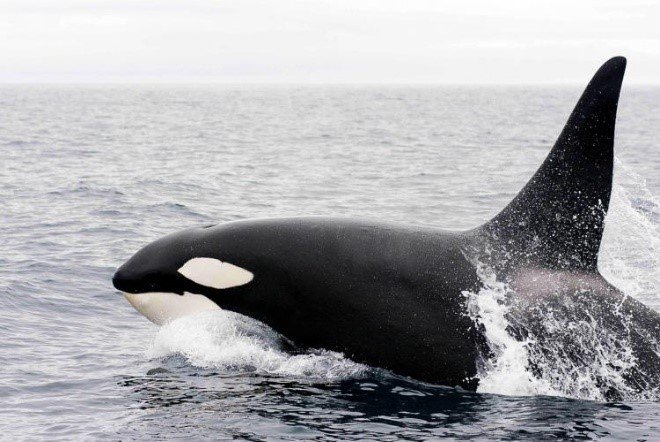Prelims 27-05-2024
Venus Water Mystery
Why in news?
- A new study in the journal Nature suggests that Venus lost all its water due to a runaway greenhouse effect caused by a chemical reaction called HCO+ dissociative recombination reaction (DR).
About
- On Venus, the HCO+ dissociative recombination reaction (DR) occurs in bulk at an altitude of about 125 km, above the clouds made of sulphuric acid.
- Creation of HCO+:It is created when a carbon monoxide molecule (CO) loses an electron while absorbing an hydrogen atom.
- DR is the reverse reaction:HCO+ absorbs an electron and breaks up into CO and a hydrogen atom. These energetic hydrogen atoms then escape into space.
- And without hydrogen, there can’t be water (H2O).
Venus
- Venus is the second planet from the Sun, and the sixth largest planet.It’s the hottest planet in our solar system.
- Its surface temperature is nearly 900 degrees Fahrenheit.
- Composition:Venus is made up of a central iron core and a rocky mantle, similar in composition to Earth.
- Atmosphere:Venus’ atmosphere is made up of mainly carbon dioxide (96%) and nitrogen (3.5%) with trace amounts of carbon monoxide, sulfur dioxide, water vapor, argon, and helium making up the other5%.
- Future Missions: EnVision orbiter (European space agency), DAVINCI and VERITAS missions (NASA), Shukrayaan (ISRO).
Materiovigilance Programme of India (MvPI) Platform
Why in news?
- The Drugs Controller General of India (DCGI) has directed all medical device licence holders and manufacturers to report any adverse events related to life-saving medical equipment on thegovernment’s Materiovigilance Programme of India (MvPI) platform.
Materiovigilance Programme of India (MvPI) platform
- The Ministry of health and family welfare has approved the commencement of Materiovigilance Programme of India (MvPI)at Indian pharmacopoeia commission in 2015 to monitor the safety of medical devices in the country.
- It aims toimprove Indian patient safety by monitoring, recording and analysing the root cause of adverse events or risks associated with the use of medical devices including in-vitro diagnostics by healthcare professionals or patients/users and suggesting regulatory bodies for appropriate action with the sole intention of improving patient safety.
Orcas (Killer Whales)
Why in news?
- A group of Orcas sank a 15-metre-long sailing yacht in the Strait of Gibraltar, 22.5 kilometres off the coast of Morocco.
About Orcas (Killer Whales)
- It is the ocean’s top predator. It is the largest member of the Delphinidae family, or dolphins.
- They are one of the most recognizable marine mammals, with their distinctive black and white bodies.
- Killer whales are highly social, and most live in social groups called pods
- Killer whales rely on underwater sound to feed, communicate, and navigate.

- Habitat and Distribution: Globally, killer whales occur in a wide range of habitats, in both open seas and coastal waters.
- Found in every ocean in the world, they are the most widely distributed of all cetaceans (whales and dolphins).
- They are most abundant in colder waters like Antarctica, Norway, and Alaska, they are also found in tropical and subtropical waters.
- IUCN Red List Status: Orcinus orca is listed as Data Deficient.
